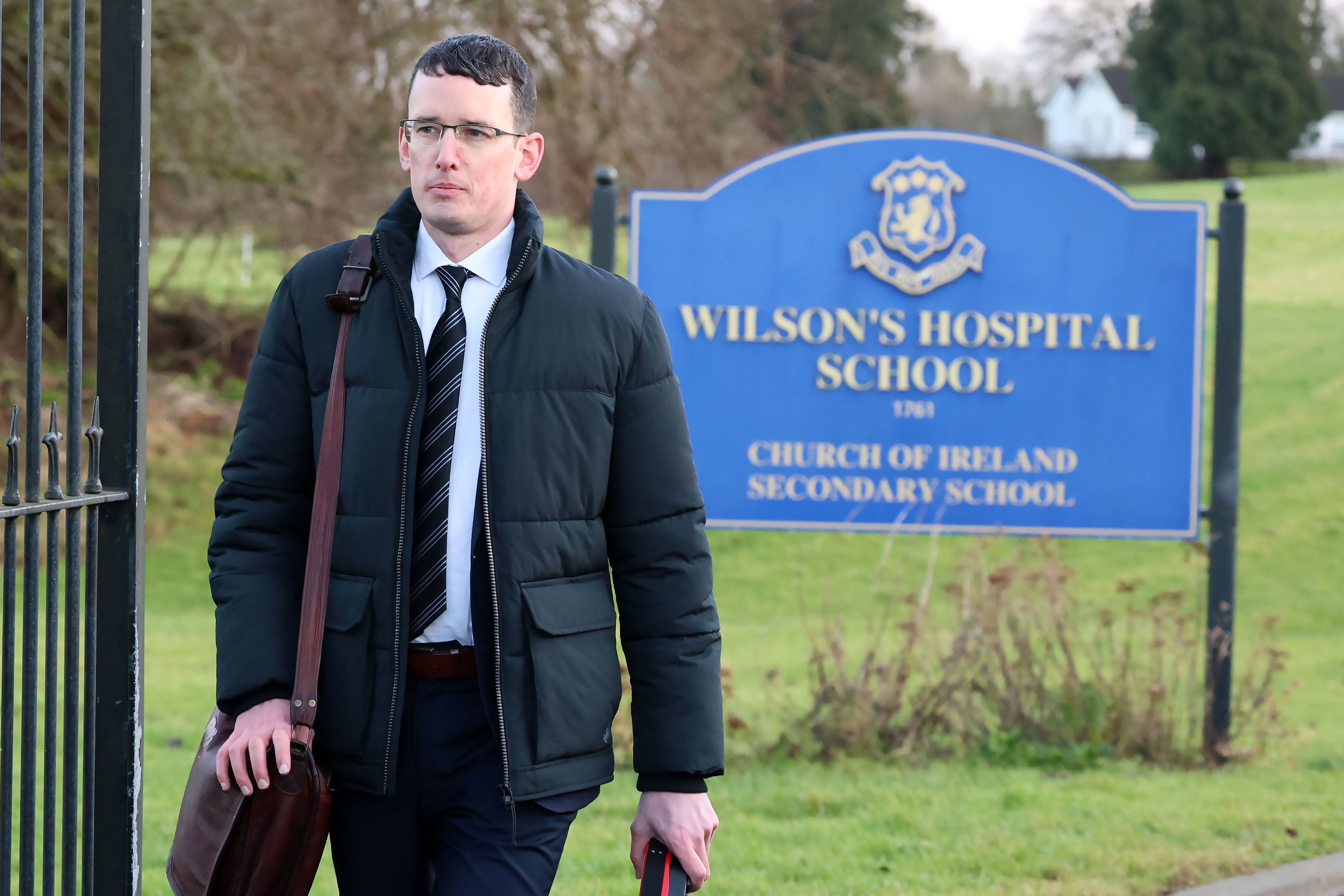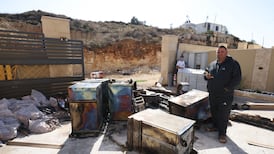Hizbullah has long prepared for Israel’s elimination of secretary general Sayyed Hassan Nasrallah. His shortlived two predecessors, Subhi al-Tufayli (1989-1991) and Abbas al-Musawi (1991), were assassinated by Israel. Nasrallah served more than 32 years. While his deputy, Naim Qassem (70), automatically succeeds him temporarily, the movement’s shura consultative council must meet and choose a permanent replacement.
[ Israel’s assassination of Hizbullah leader is an alarming escalation in conflictOpens in new window ]
Nasrallah’s prominent cousin, Sayyed Hashem Safieddine (60s), is the most likely successor, according to Lebanese media. He physically resembles Nasrallah, is a charismatic council member and is closely connected to Tehran, Hizbullah’s ally. He studied in the seminary in Iran’s holy city of Qom and his son is married to the daughter of Iranian general Qassem Soleimani, who was assassinated by the US in 2020.
Saffiedine’s appointment could ensure a smooth transfer of authority and help the movement recover after two weeks of Israeli attacks. Israel has killed half a dozen commanders and scores of fighters, disrupted communications and command-and-control, and bombed hundreds of missile launch pads.
In anticipation of Israeli strikes, Hizbullah has appointed deputy commanders for paramilitary units and buried in tunnels deep beneath Lebanon’s mountains an arsenal of missiles, drones, armoured vehicles and other materiel. While suffering hundreds of casualties, Hizbullah can field 20,000 active fighters and 20,000 reserves, thousands of whom are veterans of the 2011-2019 civil/proxy conflict in Syria where they defended the government against armed opposition and Jihadi forces. Although shocked and weakened by Israel, Hizbullah’s military arm is better-armed and stronger than the Lebanese army and is generally seen as the world’s most powerful non-state force.
RM Block
Politically and economically challenged, Tehran remains reluctant to become directly involved militarily if Israel continues to bomb Lebanon or Hizbullah mounts attacks against Israel. However, Iran is certain to continue to provide arms and political support to Hizbullah. In the case of an Israeli ground offensive, Hizbullah could count on fresh recruits from southern and eastern Lebanon and Iran-allied militiamen from Iraq, Syria and Yemen.
While known for its armed wing, Hizbullah – along with Amal – is a movement deeply rooted in Lebanon’s Shia community, the largest of the three sectarian communities. It is the poorest, most disadvantaged and neglected by the government. Amal emerged in 1974 to press for reforms and development in Shia areas, formed a militia, and entered parliament. Amal has been led since 1980 by Nabih Berri who has served as assembly speaker since 1992 and has become Hizbullah’s partner.
Hizbullah provides Shias with clinics, a major hospital, schools, welfare organisations and a construction firm. Hizbullah has also become a major political party with deputies in parliament and ministers in government. Amal and Hizbullah have merged to form a bloc with 30 of the 128 seats. Their key aim is to prevent the demobilisation and disarmament of Hizbullah and Amal militias which supporters argue are Lebanon’s only deterrence against Israeli attack and occupation of the south.
- Sign up for push alerts and have the best news, analysis and comment delivered directly to your phone
- Join The Irish Times on WhatsApp and stay up to date
- Listen to our Inside Politics podcast for the best political chat and analysis





















